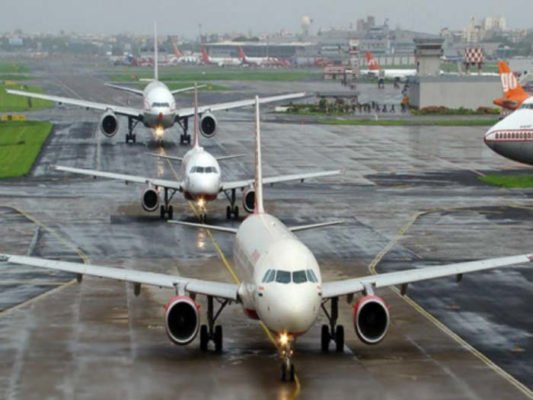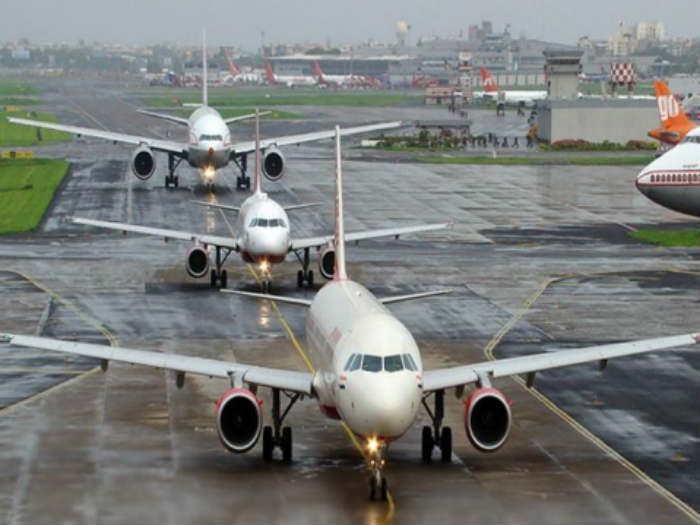According to The Hindu report, The Directorate General of Civil Aviation (DGCA) is expected to come out with less rigorous rules and compliance standards for smaller aircraft, in a bid to attract airlines to its regional connectivity scheme.

According to the regional connectivity scheme announced by the Centre in its civil aviation policy, passengers will be charged INR 2,500 for an hour’s flight from an airport that is currently unconnected. The government will provide 80% of the subsidy to airlines for the losses they incur due to the cap on the fare, while the remaining 20% will come from the States.
“We intend to come out with less strict civil aviation requirements for scheduled commuter operators who will fly 80-seater aircraft. We will come out with separate regulations for 19-seater aircraft too, which will be even less rigorous,” said a senior DGCA official. The official said the existing regulations might be stringent for players willing to operate smaller aircraft for regional connectivity purposes.
While releasing the policy earlier this month, RN Choubey, Civil Aviation Secretary had said that the Centre had already received numerous requests from players to fly on regional routes. The government, it is learnt, is of the view that the success of the regional connectivity scheme will depend on making it easier to acquire and operate smaller aircraft. “We don’t expect the big airlines to keep multiple configuration aircraft in its fleet,” said a senior Civil Aviation Ministry official. “For the scheme to become a success, operators with aircraft below 80-seats will have to come,” Sarandindu Biswas, Executive Director (Architecture), Airports Authority of India (AAI) had said at a recent event. He had said as per DGCA records, there are only fifty-one 80-seater aircraft and four 42-seater planes run by various operators in India. “New players with smaller aircraft need to enter the market and take advantage of the new policy,” said Biswas.
The government plans to revive 50 airports in three years. This would require an addition of 50-100 small aircraft to the total fleet size of 440 aircraft serving Indian skies currently, according to estimates.
In its 20-year forecast for the period 2014-2033, Bombardier projected that the 60- to 99-seat aircraft market worldwide would see substantial growth, as these planes become important tool for network connectivity between major, secondary and tertiary airports. It forecast global delivery demand in this period at 5,600 aircraft.
Industry observers welcomed the plan to relax norms for small aircraft. “Small aircraft are critical to the next phase of Indian aviation’s growth story which will come from India’s tier-II and III cities,” said Amber Dubey, partner and India head, Aerospace & Defence, KPMG. He said that the government should also push global manufacturers for local aircraft assembly and component manufacturing. “India cannot remain a buyer of aircraft forever,” he said.
DGCA expected to ease norms for smaller aircraft






